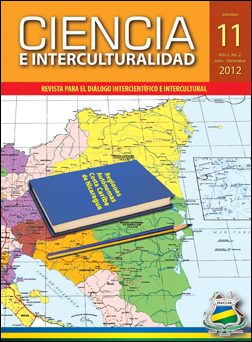INDIAN ECONOMY IN THE COMMUNITY OF WASAKIN, MUNICIPALITY OF ROSITA, RAAN
DOI:
https://doi.org/10.5377/rci.v11i2.962Keywords:
Indian Economy, rungs economy economic welfare, economic perceptions, economic alternativeAbstract
We present a case study on Indigenous economy in Wasakin, municipality of Rosita, North Atlantic Autonomous Region (RAAN), located at 480 km northeast of Managua, Nicaragua. The population is constituted by six Tuahka families, the rest are linked with the Tuahka-Miskitu ethnic group. The population is approximately 2,100 people, made up of 185 families; the tuahka and miskitu identity prevails. These families settled approximately in 1733 in the Bambana River, at 13.5 km from the city of Rosita, during the reign of Edward I(1728-1762). The economic model was identified, as well as the productive activities, culture, and the perception of the people in reference to its economic model. The research was qualitative and linked with methods of cultural anthropology. The people live from the rudimentary agriculture, wood, cattle-raising, bamboo crafts, traditional medicine services, trade, hunting, fishing and gathering. There is poverty and the State has traditionally fostered paternalism with donations made by each government.Downloads
Download data is not yet available.
Abstract
3002
3002
PDF (Español (España)) 1222
HTML (Español (España)) 5950
EPUB (Español (España)) 166
Resumen (Audio) (Español (España)) 170
Abstract (Audio) 165
HTML (Español (España)) 5950
EPUB (Español (España)) 166
Resumen (Audio) (Español (España)) 170
Abstract (Audio) 165
Downloads
Published
2013-02-28
How to Cite
García Izaguirre, P. A., & Argüello Mendieta, S. de los Ángeles. (2013). INDIAN ECONOMY IN THE COMMUNITY OF WASAKIN, MUNICIPALITY OF ROSITA, RAAN. Ciencia E Interculturalidad, 11(2), 101–117. https://doi.org/10.5377/rci.v11i2.962
Issue
Section
Indigenous and Black Culture
License
Copyright © (URACCAN)

This journal is licensed under a Creative Commons Attribution-NonCommercial-NoDerivatives 4.0 International License.
This license allows others to download the works and share them with others, as long as their authorship is acknowledged, but they can not be changed in any way nor can they be used commercially.




